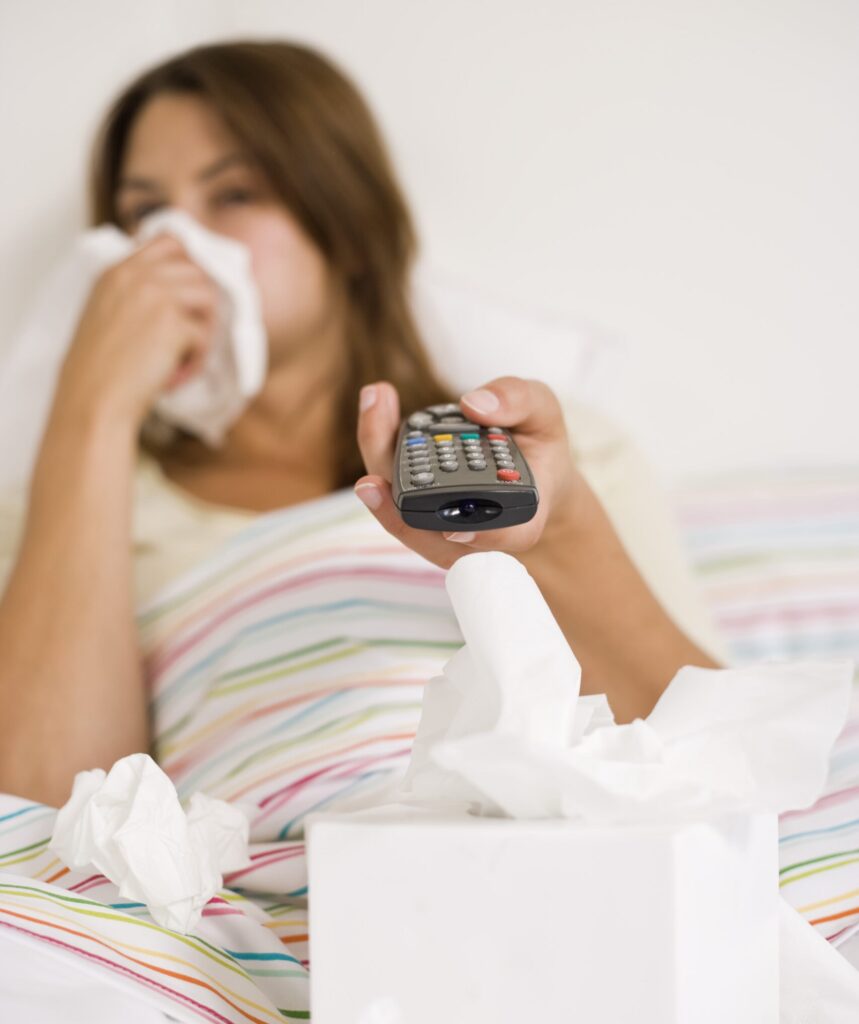Have you ever felt like your nose is constantly runny, your eyes are always itchy, and you can’t seem to stop sneezing? You may be suffering from Dermatophagoides farinae allergy. This is a common and often frustrating condition caused by ingestion of one of the main house dust mite species’ fecal matter or decaying body parts, once they have lived out their short lives and died. These heavier particles tend to aerosolize but only do so efficiently when their microenvironment is disturbed.
Below we examine the causes and symptoms of this type of allergy, as well as treatments and ways to prevent it. By understanding more about it, we can work together to develop strategies to reduce its prevalence and severity.
What is Dermatophagoides farinae?
Dermatophagoides farinae is the Latin name for a species of dust mite that is frequently found in household dust. They are microscopic arthropods that feed on dead skin cells shed by humans and animals. It is one of the most common dust mite species located in indoor environments and can be found in bedding, carpeting, upholstered furniture, and other areas where dust can accumulate making them difficult to avoid.
What is Dermatophagoides farinae allergy?
Also known as house dust mite allergy, it is an allergic condition that affects millions of people worldwide. These microscopic arthropods live in human dwellings and feed on organic matter. Their poop pellets or parts of their exoskeleton can trigger allergic reactions in some individuals with symptoms such as sneezing, runny nose, itchy and watery eyes, and asthma in sensitive individuals.
Causes of Dermatophagoides farinae Allergy
House Dust Mites
House dust mites are a frequent cause of allergies and are present in almost every home. They thrive in warm and humid environments and are commonly found in household dust, including bedding, carpets, and upholstered furniture. These mites are so small that they cannot be seen with the naked eye and are often mistaken for dust particles. When inhaled, the proteins found in this dust mite feces and body parts can trigger an allergic reaction in sensitive individuals.
Genetics
Genetics plays a significant role in the development of allergies, including Dermatophagoides farinae allergy. People with a family history of allergies, asthma, or eczema are more likely to develop symptoms. Research has shown that children with parents who have allergies are more likely to develop allergies themselves, although the specific genes involved are not yet fully understood.
Environmental Factors
Environmental factors, such as air pollution, can also contribute to the development of allergic symptoms. Exposure to cigarette smoke, exhaust fumes, and other pollutants can weaken the immune system and make individuals more susceptible to allergic reactions, and can also worsen the symptoms in individuals who are already allergic.
Other Factors
Other factors that can contribute to the development of allergic reactions include age, gender, and underlying health conditions. Children are more likely to develop allergies than adults, and men are more likely to develop allergies than women. Underlying health conditions, such as respiratory infections or autoimmune disorders, can also make individuals more susceptible to allergies.
Symptoms of Dermatophagoides farinae Allergy
The symptoms of Dermatophagoides farinae allergy can vary from mild to severe and may include:
- Sneezing
- Runny nose
- Nasal congestion
- Itchy or watery eyes
- Coughing
- Wheezing
- Difficulty breathing
- Skin rash or hives
These symptoms may occur immediately after exposure to house dust mites or may develop over time with prolonged exposure.
Treatment of Dermatophagoides farinae Allergy
The best way to treat the symptoms is to reduce exposure to house dust mites. This can be achieved by taking the following measures:
- Use allergen-proof bedding covers and pillowcases to prevent dust mites from settling in bedding.
- Wash bedding in hot water at least once a week to kill dust mites and remove allergens.
- Remove carpets and replace them with hard flooring, which is easier to clean and does not trap dust mites.
- Use a HEPA filter vacuum to clean floors and furniture and remove allergens from the air.
- Maintain indoor humidity levels below 50% to prevent dust mites from thriving in a humid environment.
- Avoid using upholstered furniture, which can trap dust mites.
In addition to reducing exposure to house dust mites, medications can also be used to treat the symptoms. However, make sure you always check with an allergy specialist or provider of allergy healthcare services for an adequate treatment plan.
We do not recommend taking any of these medications without a prescription:
Antihistamines
Antihistamines are the most commonly used medication for the treatment of allergies. They work by blocking the effects of histamine, a chemical released by the body in response to an allergen. Over-the-counter antihistamines such as loratadine and cetirizine can help relieve sneezing, itching, and runny nose.
Decongestants
Decongestants work by shrinking the blood vessels in the nasal passages, which reduces congestion. Over-the-counter decongestants such as pseudoephedrine can help relieve nasal congestion.
Nasal corticosteroids
Nasal corticosteroids are anti-inflammatory medications that work by reducing inflammation in the nasal passages. These medications can be prescribed by a doctor and are available in both nasal spray and pill form.
Immunotherapy
Immunotherapy is a treatment that involves gradually exposing the body to increasing amounts of the allergen over time. This can help desensitize the body to the allergen and reduce the severity of allergic reactions. Immunotherapy is usually administered through a series of injections and is recommended for individuals with severe allergies who do not respond to other treatments.
Conclusion
As seen above, Dermatophagoides farinae allergy is a common allergic condition that is caused by exposure to house dust mites. The symptoms can be managed by reducing the exposure and using different treatment methods. If you suffer from allergic reactions, it is important to consult with your doctor for an accurate diagnosis and appropriate treatment. Our expert team is here to offer you the help you need.
Get in touch today for more information!



